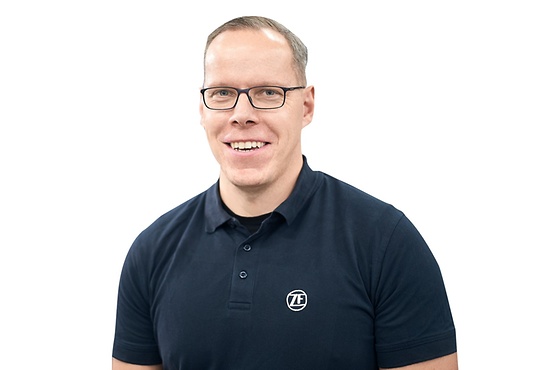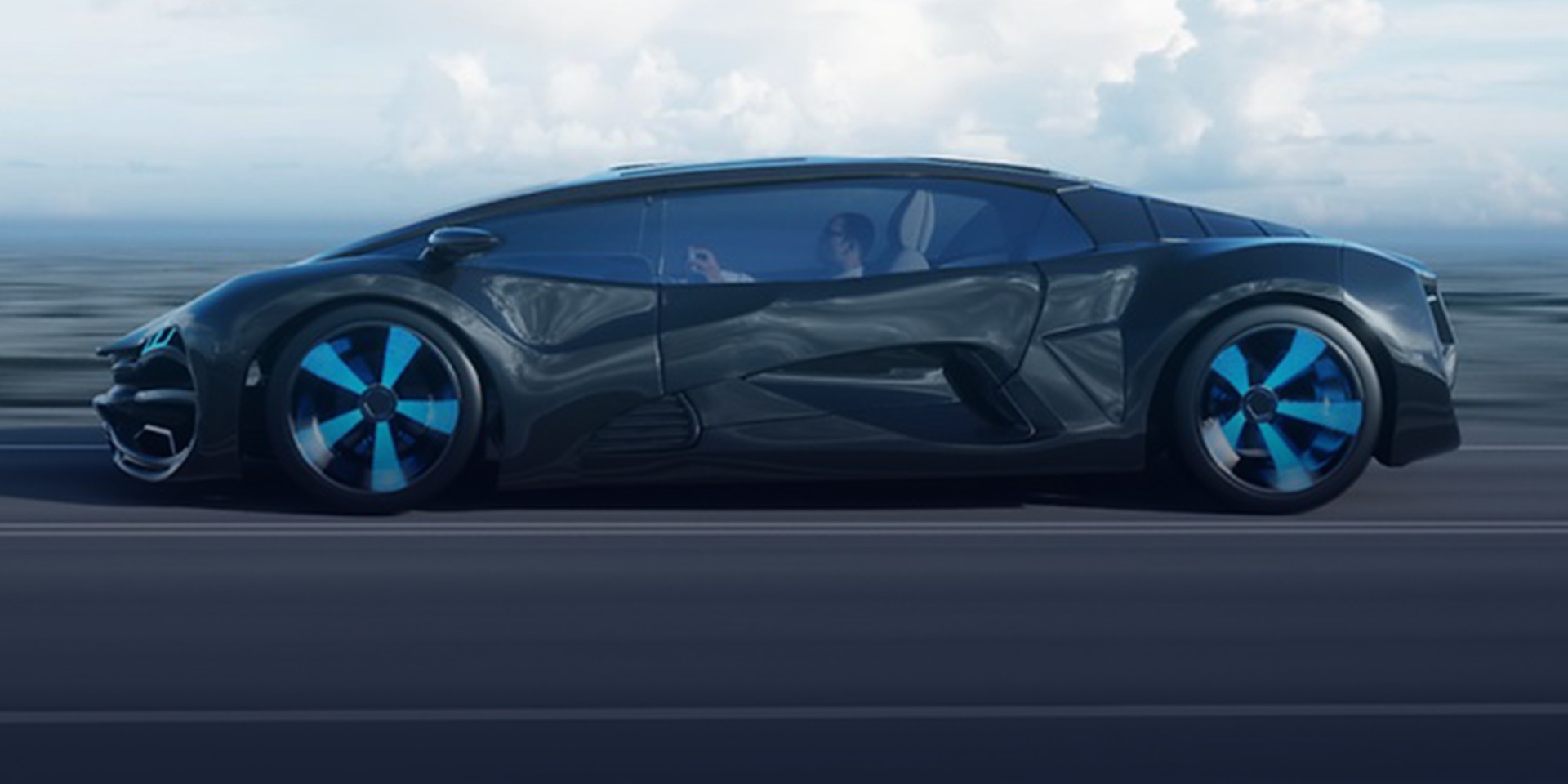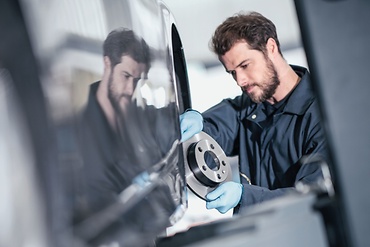
Contributed by Stephan Melchert
October 19, 2021
3 minutes read
Young, motivated and full of drive
The automotive market is experiencing a fundamental transition. Climate change, globalization and demographic shifts have a lasting impact on the automotive industry – driving new, innovative companies onto the market. The past years have shown that these fundamental changes are a catalyst for the emergence of young companies, which have the power to disrupt the industry.
This is what we call the New Automotive Customer (NAC). What exactly does that mean? In short, New Automotive Customer stands for a company that is relatively new to the vehicle manufacturer market and is dedicated to manufacturing or building a special type of vehicle. In fact, for the NAC it is all about electromobility. Often, startups such as these have been founded by students during university studies and have been developed as a spin-off following their graduation.
With their vehicle derivatives, NACs often address a very specific customer group: sustainably oriented and affluent, tech-savvy city dwellers. Additionally, they provide their customers with the opportunity to challenge their own vehicle concept with existing solutions that run on the market. At this point, competition is good for business.
In my experience, the NAC is located on the market for both: commercial vehicles and for passenger vehicles. The emerging vehicle concepts often differ significantly from other vehicles on the market. This holds true in terms of technology but also for design. Also, there is a shift in characteristics. The focus is no longer so much on the powertrain but moves to more application-oriented solutions, such as in-vehicle connectivity. This paradigm shift can be observed across the entire industry.
Basically, NACs drive an efficient and environmentally conscious approach. Therefore, they often use existing off-the-shelf aftermarket parts for their vehicle. Compared to developing parts in-house, this approach saves time and money. There are also new requirements, such as 100% sustainability, which suppliers and partners must secure as a requirement by the NAC.
New ideas create new challenges
Despite the innovative character of the NAC, the deficits in the ramp-up phase (which is to get the vehicle on the road) are significant. In addition to the hurdles of industrialization, it is very difficult to build a large number of vehicles of the same quality compared to building a technology carrier.
There are further challenges the NAC has to face before the vehicle is launched onto the market. On the one hand, there is the homologation – approval to be placed on the market. Then, there is the establishment of service points for NAC customers, who of course do not only want to buy the vehicle, but also have it serviced in case of any damage or defect.
This is where ZF Aftermarket can make a substantial contribution. We help the New Automotive Customer to successfully enter the market through its global footprint. ZF Aftermarket’s goal is to install a central platform for all issues – this is how we offer the NAC a comprehensive ecosystem with extensive support for all challenges of the new mobility. In addition, we aim to accelerate the NACs ideas in order to make a sustainable contribution to clean mobility.
What do our solutions look like in concrete terms? I will introduce them to you in the next blog post. Perhaps we can support you and make you one of our next New Automotive Customers?
About the author

Dr. Stephan Melchert
Stephan is Senior Manager Product & Marketing e-Trailer at ZF. As our #zfexpert, we can describe him in just a few words:
“Professional, passionate and with a heart”



